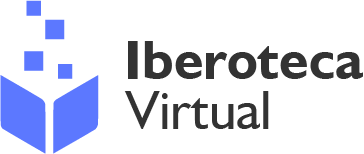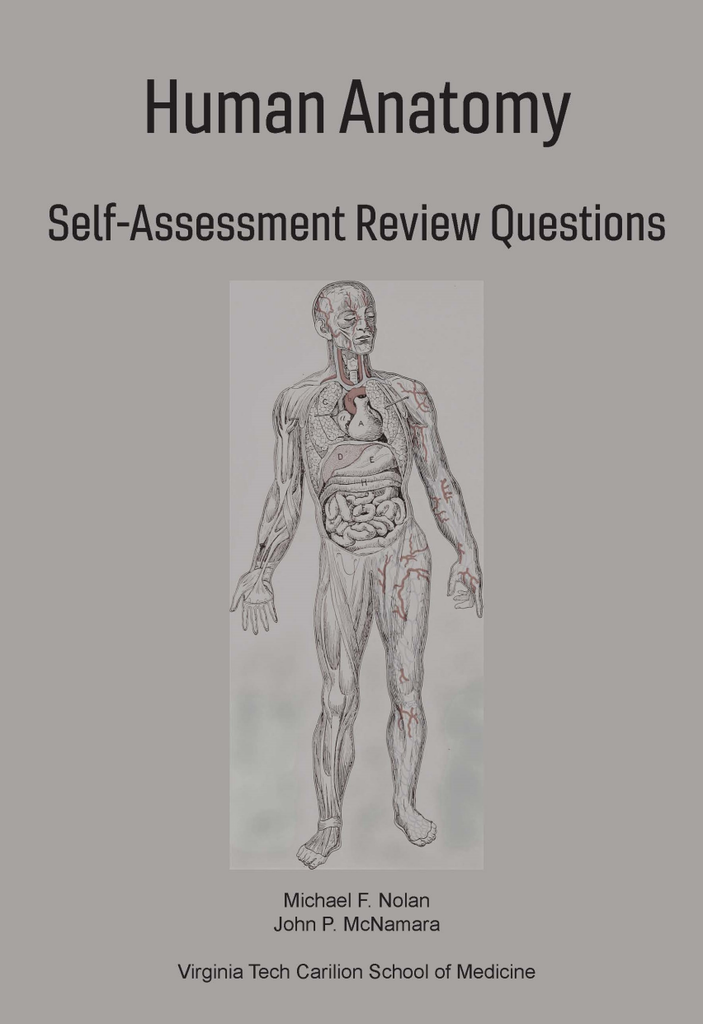Human Anatomy: Self-Assessment Review Questions
Editorial: Virginia Tech Publishing
Licencia: Creative Commons (by)
Autor(es): Michael F. Nolan
John P. McNamara
Human anatomy is one of the foundational disciplines in the training of health care professionals. Knowledge of human structure at both the macroscopic and microscopic levels
serves as a framework for the study of normal function and dysfunction.
Resources used by students in their efforts to learn about human anatomy are exceptionally
diverse in terms of scope, depth and focus as well as in the modalities and pedagogical
approaches used. Diversity also exists in how knowledge acquisition is measured and evaluated.
Many students are familiar with formative and summative tests structured in the multiplechoice format. Most high stakes exams utilize this format and not surprisingly, numerous
self-assessment resources are available to help students prepare for these types of examinations.
The self-assessment questions presented here are intended to help students in a different
setting, a setting such as a ward, the clinic or the operating room where questions from
teachers and preceptors are not likely to be presented as recognition exercises, that is, in
the multiple-choice format, but rather as recall tasks. When information is obtained from
patients in a teaching setting, it is not typical for a teacher to pose a question by asking
“Which of the following five conditions does the patient have?” More likely the student will
be asked to supply answer or explanation to an open-ended inquiry, such as, “What arteries
do you think we will have to ligate in order to remove this inflamed appendix safely?” In this
situation, the student will have to recall information or facts from previous experience or
learning. Educators commonly describe this behavior as demonstrating knowledge by recall
rather than recognition.
The anatomy questions included here are formatted in the short answer or fill in the blank
style that requires the retrieval rather than the recognition of information; a format more
closely aligned with that needed for everyday clinical practice.
Each chapter includes a series of questions related to a particular area of anatomy. Answers
to those questions are included at the end of the book. It is our belief that this alternate
approach to self-assessment in basic human anatomy will be helpful to students in preparing
for clinical-based learning activities as well as for other types of knowledge assessment and
evaluation.
MFN
Compartir:
Una vez que el usuario haya visto al menos un documento, este fragmento será visible.


